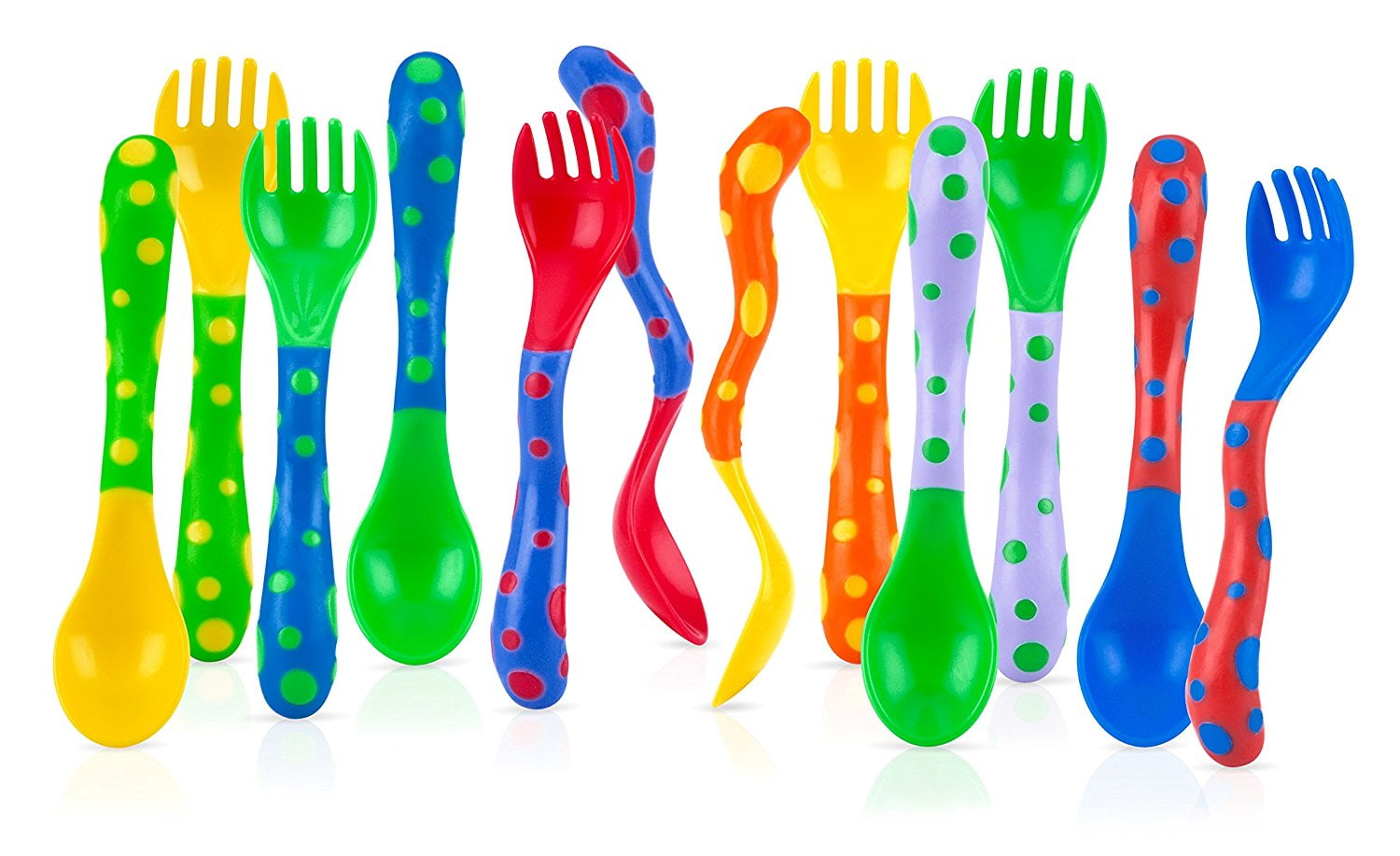

Spoons can be used as a musical instrument. On the table, an ornamental utensil called a nef, shaped like a ship, might hold a napkin, knife and spoon. Spoons are employed for mixing certain kinds of powder into water to make a sweet or nutritious drink.Ī spoon may also be employed to toss ingredients by mixing them lightly until they are well coated with a dressing.įor storage, spoons and knives were sometimes placed in paired knife boxes, which were often ornate wooden containers with sloping top, used especially during the 18th century. Mixed drinks may be " muddled" by working a spoon to crush and mix ingredients such as mint and sugar on the bottom of a glass or mixer. Used for stirring, a spoon is passed through a substance with a continued circular movement for the purpose of mixing, blending, dissolving, cooling, or preventing sticking of the ingredients. Hot syrup is said to "pearl" when it forms such a long thread without breaking when dropped from a spoon. and poured from a spoon, sugar forms a filament, or "thread". At the "crack" stage, syrup from boiling sugar may be dripped from a spoon, causing it to break with a snap when chilled. A test sample of jelly taken from a boiling mass may be allowed to slip from a spoon in a sheet, in a step called "sheeting". Rolled dough dropped from a spoon to a cookie sheet can be made into rock cakes and other cookies, while johnnycake may be prepared by dropping spoonfuls of cornmeal onto a hot greased griddle.Ī spoon is similarly useful in processing jelly, sugar and syrup. In baking, batter is usually thin enough to pour or drop from a spoon a mixture of such consistency is sometimes called "drop batter". Spoons are also widely used in cooking and serving. Use of a spoon for cutting is common in the Philippines but has resulted in disciplinary action against a student doing so in Canada. In Southeast Asia, spoons are the primary utensil used for eating forks are used to push foods such as rice onto the spoon as well as their western usage for piercing the food. Spoons are used primarily for eating liquid or semi-liquid foods, such as soup, stew or ice cream, and very small or powdery solid items which cannot be easily lifted with a fork, such as rice, sugar, cereals and green peas. Ī selection of Georgian-Victorian English sterling silver tableware spoons (c. 1790 – c. 1850)

The modern form, with the tip of the bowl narrower than the base and the rounded end of the handle turned down, came into use about 1760. In the first quarter of the 18th century, the bowl becomes narrow and elliptical, with a tongue or rat's tail down the back, and the handle is turned up at the end.

During The Restoration, the handle becomes broad and flat, the bowl is broad and oval and the termination is cut into the shape known as the hind's foot.

The earlier English spoon-handles terminate in an acorn, plain knob or a diamond at the end of the 16th century, the baluster and seal ending becomes common, the bowl being fig-shaped. The sets of Apostle Spoons, popular as christening presents in Tudor times, the handles of which terminate in heads or busts of the apostles, are a special form to which antiquarian interest attaches. One of the most interesting medieval spoons is the Coronation Spoon used in the anointing of the English and later British sovereign this 12th-century object is the oldest surviving item in the British royal regalia. In the wardrobe accounts of Edward I for the year 1300 some gold and silver spoons marked with the fleur-de-lis, the Paris mark, are mentioned. The earliest English reference appears to be in a will of 1259.
#SPOON AND FORK FULL#
The full descriptions and entries relating to silver spoons in the inventories of the royal and other households point to their special value and rarity. Medieval spoons for domestic use were commonly made of cow horn or wood, but brass, pewter, and latten spoons appear to have been common in about the 15th century. In the early Muslim world, spoons were used for eating soup. A Crusade-era spoon from 1017 that was found on archaeological excavation of Tursiannotko in Pirkkala, Finland


 0 kommentar(er)
0 kommentar(er)
